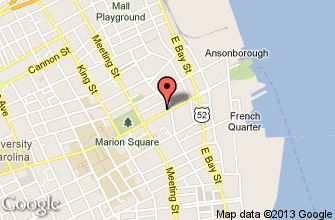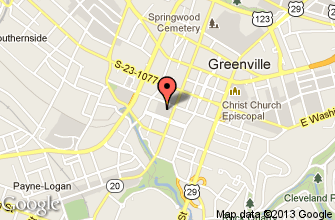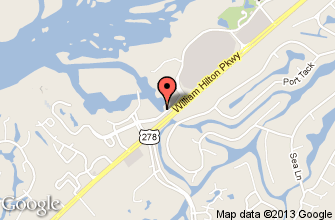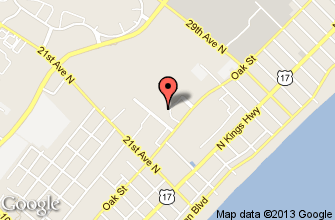News Room
PrintProtecting the Next Big AppAuthored by: Douglas L. Lineberry
June
6, 2016
Due to our ever-increasing dependence on mobile devices, we use mobile apps daily, whether to try and defeat Candy Crush® or to quickly order a pizza. Indeed, many of you may be reading this article via mobile app.
All mobile apps begin as ideas. These ideas need to be protected or one risks losing the ability to capitalize on a new mobile app. Many types of intellectual property protection are available for mobile apps. An inventor needs to decide which types of protection to obtain and to implement these at the beginning of the app development process.
To Utility Patent or Not to Utility Patent, That is the Question. Utility patents protect how a mobile app functions. However, utility patents are expensive and take a significant amount of time to secure. When filing a patent application with the computer arts technology centers at the United States Patent and Trademark Office (USPTO), it may take nearly two years before a patent examiner reviews your application and more than three years to secure a patent.[i] Further, there is no guarantee of successfully obtaining a patent. However, without a utility patent, if someone develops a similar app independently, you may not be able to stop them from selling it. While offering broad protection, utility patents are not the end-all be-all for apps. Indeed, a mobile app considered to have a short lifespan should seek less expensive means of protecting it, while apps designed for a long life should seek as robust protection as possible to ensure protection over the app’s lifespan.
Protect the “Look” of Your App with a Design Patent. A design patent covers the ornamental design or look of a mobile app. Indeed, user experience and user-interface design (UX/UI) are the fastest growing segments of design patent filings at the USPTO.[ii] Filing a design patent prevents third parties from using graphical user interfaces (GUIs), icons, or other UX/UI features that are substantially similar to your design. An inventor should protect those designs s/he thinks are particularly innovative and iconic. Design patents are considerably cheaper than utility patents, faster to obtain, and provide great protection for your GUI and the look of your app.
Copyright your Code. You can copyright your software code for your mobile app. While inexpensive to obtain, a copyright will only protect against line-by-line copying of the code. A copyright will not protect against a competitor’s reverse engineering of your app or mimicking the “look and feel” of one’s mobile app. Copyrights are inexpensive to register.
Brand Your App with a Trademark. Mobile apps are highly dependent on branding and recognition. We have all heard of Roxio Entertainment’s Angry Birds® but not of MadeUpCompany’s Disgruntled Cows. A trademark covers the less tangible elements of mobile apps: logos, characters and, above all, the name or title of your app. Trademarks are at the core of brand identity. Brand identity functions for app creators on at least two levels: the identity associated with the product and the brand associated with the company that makes the product. Trademarks are relatively inexpensive and fairly quick to obtain.
Keep Your Secrets, Secret. Trade Secrets are information that you do not share with the public that are economically valuable to your company and would be valuable to your competitors, should they ever lay hands on them. This includes information ranging from your mobile app development process to analysis of what consumers use your app and how often. These details help one profit from a mobile app and continually fine tune it to provide your users with crisp, fast performance. Trade Secret protection is free! However, there are three caveats to this protection. First, it does not protect information you make publicly available, such as your GUI or your UX/UI. Second, it does not protect from someone reverse engineering a mobile app or developing a similar one separately. Third, one must show that “reasonable steps” (a court-developed term) are used to secure the information.
Like any valuable property, mobile apps must be protected from Day Zero. During app development, one must be careful not to divulge the details of the app beyond company walls without sufficient protections in place.
Foremost, use protective documents at the beginning of mobile app development. Use intellectual property assignments with inventors/co-inventors, nondisclosure agreements with third parties, as well as, employment agreements, trade secret policies, noncompetition agreements and confidential information policies with employees/contractors.
Further, branding for one’s mobile app needs to be cleared via a trademark search before investing significant time and money into a branding platform or marketing campaign. A cease and desist letter from a third party objecting to your use of a particular name, or a trademark infringement lawsuit, can quickly destroy momentum and cost valuable time by having to completely rebrand a mobile app.
A public demonstration of a mobile app should only occur after sufficient protections are in place. For example, demonstrating a mobile app to investors, or at a tradeshow may destroy any ability to protect the mobile app in foreign markets and may trigger a non-extendable, one-year deadline for filing U.S. utility and design patents.
Mobile apps are a key component of many businesses and will only continue to become more entwined with everyday life. Ensure that your hard work is protected early and with as many types of protection as feasible. Otherwise, the next big app may end up another flash in the pan.




















